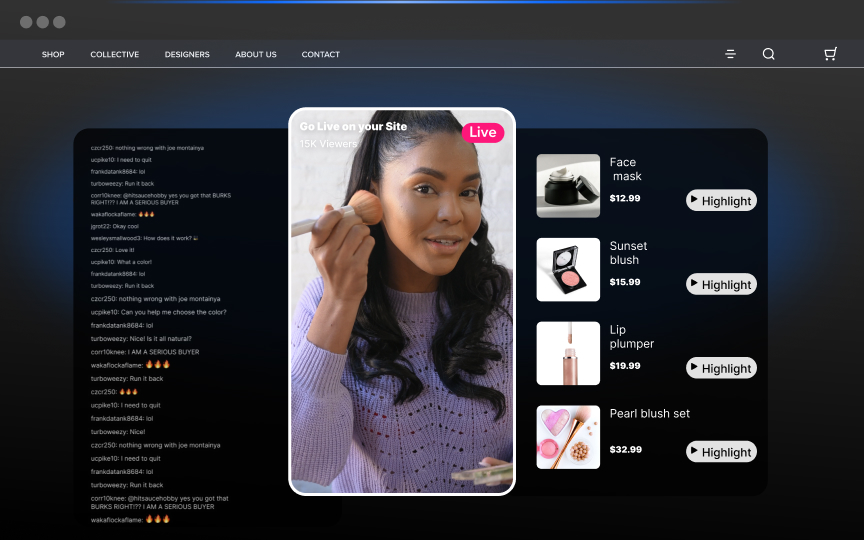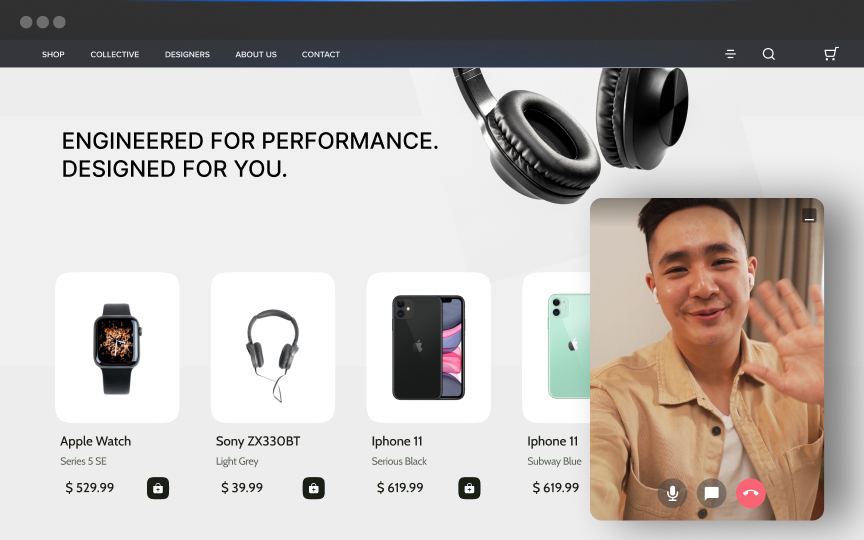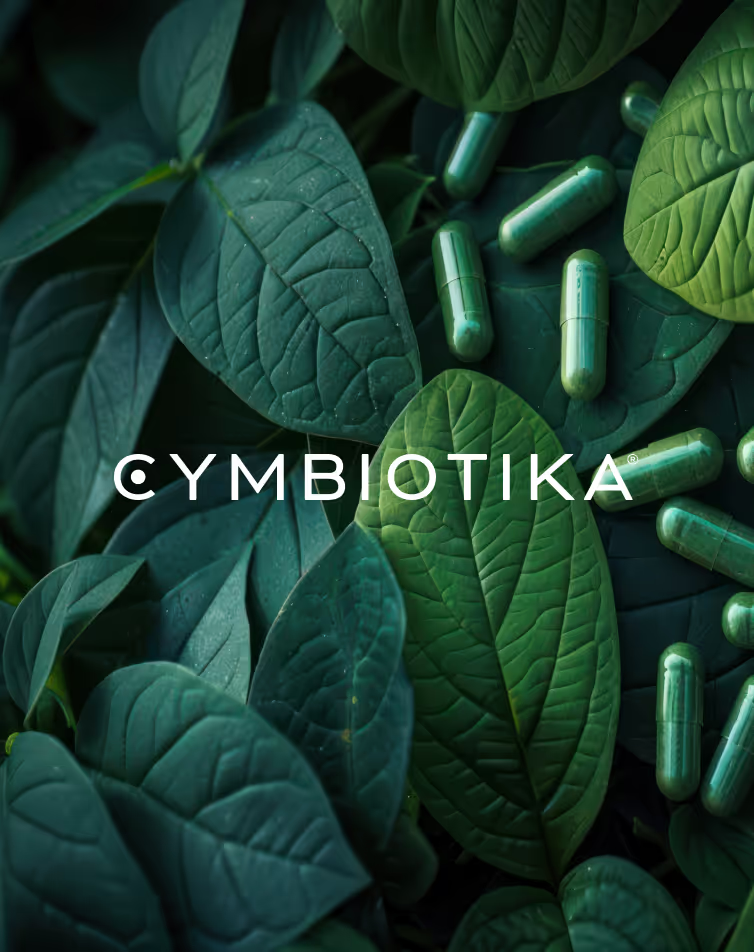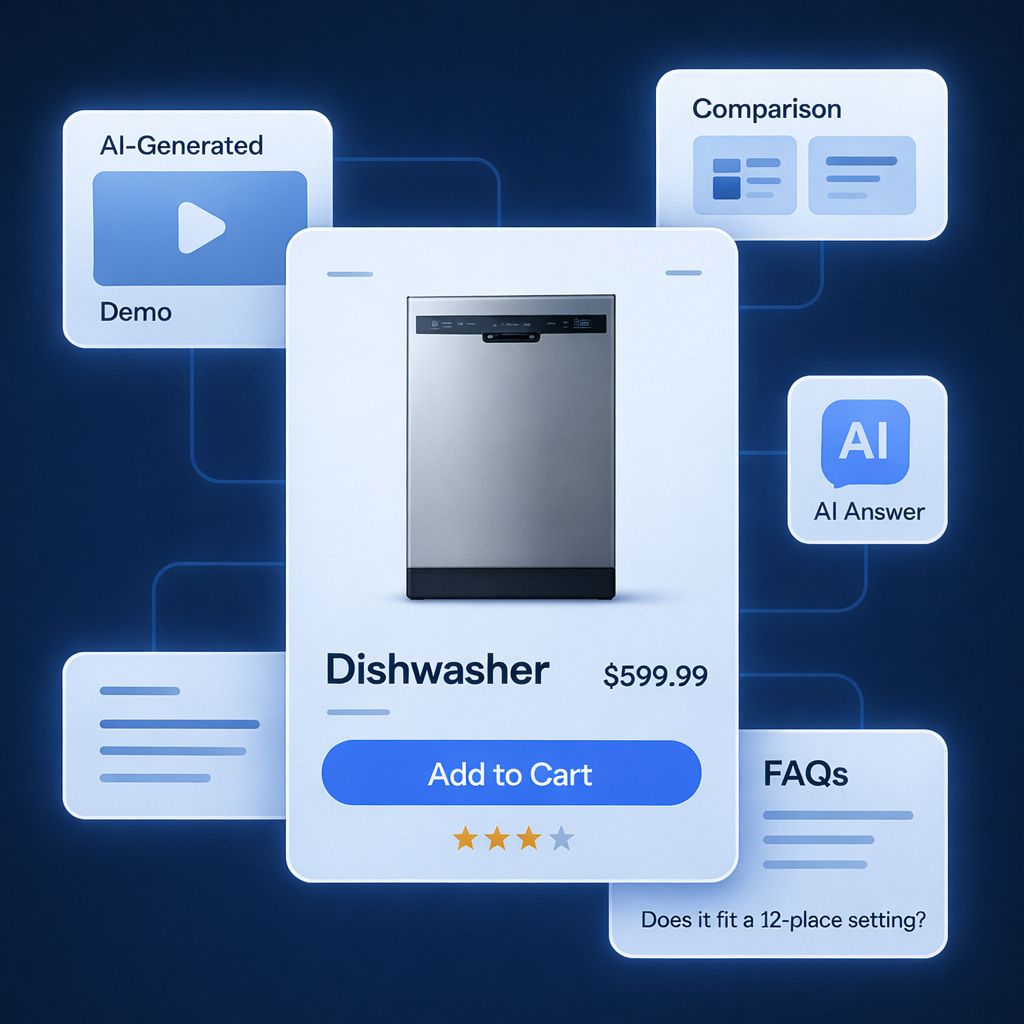The beauty industry is booming online, and having a well-optimized, aesthetically appealing cosmetics e-commerce website is crucial for success. In this guide, we’ll walk you through 13 powerful steps on How to Build Cosmetics E-commerce Websites that don’t just look great but also convert visitors into loyal customers.
Step 1: Choose the Right E-Commerce Platform
Choosing the right e-commerce platform is crucial because it affects every aspect of your online business, from design flexibility to scalability. Here are the top platforms:
- Shopify: Ideal for beginners and advanced users with built-in SEO tools and app integration.
- WooCommerce: Perfect for WordPress users, offering customization and flexibility.
- BigCommerce: A great option for large stores with advanced built-in features and scalability.
Consider the following key factors to get the best results:
- Scalability: Ensure the platform can grow with your business.
- Customization: Opt for a platform that allows you to tailor your site to your brand's needs.
- Ease of Use: Pick a platform that balances flexibility with simplicity.
- SEO Tools: Built-in SEO tools help you optimize your content for better visibility.
Step 2: Focus on Brand Identity and Visual Appeal
A strong brand identity and visual appeal are essential in the cosmetics industry. Consumers are drawn to visually stunning, well-branded websites.
- High-Quality Images: Invest in professional photography for product images.
- Clean Layout: Use a simple, clutter-free design to enhance user experience.
- Brand Colors: Stick to a color scheme that aligns with your brand and conveys trust.
- Fonts and Graphics: Use typography and visuals that reflect your brand's personality.
By maintaining consistency in your design, you can build trust and recognition with your audience. Visual appeal not only attracts customers but also keeps them engaged with your products. Best practices for e-commerce marketing include focusing on interactive video ads and social media campaigns.
Step 3: Prioritize Mobile Optimization
Mobile shopping is on the rise, and your website needs to be optimized for all devices. If your site doesn’t perform well on mobile, you’ll lose out on potential sales.
- Mobile Layouts: Ensure your site’s layout is responsive and adjusts to different screen sizes.
- Speed Optimization: Compress images and minimize scripts to improve loading speed.
- Mobile Checkout: Simplify the checkout process to make mobile shopping easy.
Ensuring your website is mobile-friendly enhances user experience, which leads to higher conversion rates and customer satisfaction.
Step 4: Create High-Converting Product Pages
Product pages are where customers make their buying decisions. A well-crafted product page can dramatically increase your conversion rate.
- Detailed Product Descriptions: Provide clear, concise descriptions that highlight key benefits and features.
- Professional Photography: Use high-resolution images that allow customers to zoom in and view details.
- Customer Reviews: Showcase reviews and ratings to build trust and encourage purchases.
- Limited-Time Offers: Create urgency with countdown timers or flash sales.
- Product Comparisons: Offer side-by-side product comparisons to help customers make informed decisions.
By focusing on clarity, high-quality visuals, and trust-building elements, your product pages will convert more visitors into customers. You can also incorporate live shopping strategies for eCommerce store owners to turn pages into interactive experiences.
Step 5: Implement Strong SEO Strategies
Search Engine Optimization (SEO) is critical for getting your cosmetics website noticed. Without SEO, even the most beautiful websites will struggle to get organic traffic.
- Keyword Research: Use tools like Google Keyword Planner or SEMrush to find beauty-related keywords that have high search volume and low competition.
- Meta Descriptions: Write compelling meta descriptions that include your target keywords and attract clicks.
- Alt Text for Images: Make sure all your product images include descriptive alt text to improve search visibility.
- Content Marketing: Regularly update your blog with content that targets trending beauty topics. Include product tutorials, makeup tips, and skincare routines.
- Video Content: Leverage video SEO by embedding video tutorials or product demo videos on your pages.
- URL Structure: Keep URLs short and optimized with keywords for better search rankings.
When developing your site’s SEO, consider marketing strategies for eCommerce that focus on content marketing. These strategies not only boost your SEO but also attract engaged, returning customers.By following these SEO strategies, you can improve your site’s ranking on search engines, driving more traffic and potential sales.
Step 6: Offer Seamless User Experience (UX)
User experience is key to keeping visitors engaged and reducing bounce rates. A seamless UX can significantly impact conversions.
- Easy Navigation: Create a simple, intuitive navigation system so users can easily find products.
- Simple Checkout: Minimize steps in the checkout process to avoid distractions.
- Fast Load Times: Optimize your images and content to ensure fast loading times, particularly on product-heavy pages.
Ensuring a smooth and enjoyable user experience will lead to higher customer satisfaction and retention.
Step 7: Optimize for Speed and Performance
Website speed plays a critical role in user experience and SEO rankings. A slow website can hurt your business.
- Image Compression: Compress images without sacrificing quality to reduce page load time.
- Browser Caching: Enable browser caching to store elements of your site so it loads faster for returning visitors.
- Performance Monitoring: Use tools like Google PageSpeed Insights to monitor and improve your site’s performance.
A fast website not only improves the user experience but also boosts your SEO rankings, leading to higher visibility and more sales.
Step 8: Utilize Social Proof and Customer Testimonials
Social proof is an effective way to build trust and credibility with potential buyers. Including reviews, testimonials, and user-generated content can increase conversions.
- Customer Reviews: Showcase real customer reviews to build credibility.
- Before/After Photos: Feature user-generated content like before/after product usage photos to build trust.
- Star Ratings: Display product ratings to help new customers make informed choices.
This type of social proof builds trust and encourages other users to make a purchase. Different video tools for e-commerce marketing teams are available to help incorporate these testimonials, too.
Step 9: Implement Effective Product Filters and Search Functions
Make it easy for customers to find what they’re looking for by offering robust filtering and search features.
- Smart Filters: Allow users to filter products by category, skin type, or color.
- Powerful Search: Use a smart search tool that delivers accurate and fast results.
Effective filters and search functionality improve the user experience and increase the chances of customers finding and purchasing the right product.
Step 10: Ensure a Secure and Hassle-Free Checkout Process
A smooth checkout process is essential for reducing cart abandonment and boosting sales. Make sure your checkout is simple, secure, and user-friendly.
- Multiple Payment Options: Offer a variety of payment methods, including credit cards, PayPal, and Apple Pay.
- Simplified Checkout: Reduce the number of steps required to complete a purchase.
- Security Features: Use SSL certificates and other encryption methods to ensure that your customers' personal and payment information is secure.
By creating a seamless and secure checkout process, you can reduce cart abandonment and increase conversions.
Step 11: Set Up Email Marketing for Customer Retention
Email marketing is one of the most effective ways to keep customers engaged and coming back for more.
- Announce New Products: Use email campaigns to notify customers about new arrivals.
- Special Offers: Send personalized discount offers to loyal customers.
- Cart Recovery Emails: Implement an automated email system to remind customers about abandoned carts.
Building an email list is a long-term strategy that can significantly boost your sales and customer retention.
Step 12: Leverage Social Media Integration and Influencer Marketing
Implementing social commerce strategies for eCommerce stores can help you drive traffic from platforms like Instagram and TikTok. Integrating product catalogs with social platforms allows for shoppable posts, which enhance the customer shopping experience directly on social media. Make sure to integrate social media into your e-commerce strategy.
- Instagram and TikTok: Create engaging content that showcases your products and reaches a larger audience.
- Influencer Partnerships: Collaborate with influencers to promote your brand and products.
- Encourage Sharing: Add social share buttons to your website to make it easy for customers to share their purchases with their followers.
Leveraging social media and influencer marketing can help you build brand awareness and drive traffic to your site.
Step 13: Incorporate Personalization for Higher Conversions
AI-driven personalization is key to boosting conversions. Its ability to recommend products based on user behavior improves engagement.
- AI-Driven Recommendations: Use AI algorithms to recommend products based on customer behavior. For example, suggest skincare products that pair well with a customer's previous purchases.
- Personalized Emails: Send personalized emails to customers based on their preferences, past purchases, or browsing history.
- Dynamic Product Pages: A/B test product pages to offer different layouts or recommendations depending on customer segmentation (e.g., first-time buyers vs. loyal customers).
By incorporating personalization, you make customers feel valued and catered to, which can significantly increase the likelihood of repeat purchases and enhance customer engagement.
Step 14: Monitor Analytics and Improve Continuously
The key to long-term success is constantly monitoring and improving your e-commerce website.
- Conversion Rate: Measure the percentage of visitors who complete a purchase.
- Bounce Rate: Keep track of how many visitors leave your site without taking action.
- Customer Behavior: To reduce bounce rate on an e-commerce site, use tools like Google Analytics and heatmaps to identify areas where users are dropping off. Improving page load times, simplifying navigation, and offering engaging content such as video tutorials can help retain visitors.
By analyzing data and making continuous improvements, you can optimize your site for better performance and higher sales. Refer to this comprehensive video marketing guide for additional insights.
Top 3 Cosmetics E-Commerce Websites to Take Inspiration From
1. Glossier
Glossier offers a clean, user-friendly interface with a strong focus on branding and user-generated content. Their minimalist design appeals to their target audience, and they use customer testimonials effectively.
2. Fenty Beauty
Fenty Beauty is known for its inclusive brand messaging and mobile-optimized product pages. With fast load times and a visually appealing design, Fenty Beauty makes it easy for customers to find the right products.
3. Charlotte Tilbury
Charlotte Tilbury’s glamorous design and user experience are top-notch. They offer tailored product recommendations, tutorials, and an excellent virtual try-on.
Wrapping Up!
By following these 14 essential steps, you can build a cosmetics e-commerce website that not only looks beautiful but also drives sales and growth. Combining this with eCommerce retention strategies, such as personalized emails and exclusive offers, will increase repeat purchases. From platform selection to SEO optimization and marketing strategies, these tips will help you create a successful online beauty business.In today's competitive market, with our cutting-edge features like live streaming, shoppable videos, and AI-driven chat, you can enhance customer engagement, boost conversions, and reduce returns.Put your commerce in motion. Find out how Firework can power your business forward.
FAQs
Q1: What is the best platform for building a cosmetics e-commerce website?Shopify, WooCommerce, and BigCommerce are popular choices due to their ease of use, scalability, and built-in SEO tools.Q2: How important is mobile optimization for cosmetics e-commerce websites?Extremely important. Most customers shop via mobile, so a seamless mobile experience is crucial for success.Q3: What SEO strategies work best for beauty websites?Focus on keyword optimization for product pages, use meta descriptions, and regularly update your blog with valuable content.Q4: How can I boost conversions on my product pages?Use professional images, clear product descriptions, and customer reviews to encourage purchases.Q5: How can I reduce cart abandonment rates?Simplify the checkout process, offer multiple payment options, and ensure customers feel secure by using SSL certification.
Unlock Exclusive Insights
By submitting this form, you agree to Firework's privacy policy and consent to receive personalized marketing communications. You can unsubscribe at any time.




























